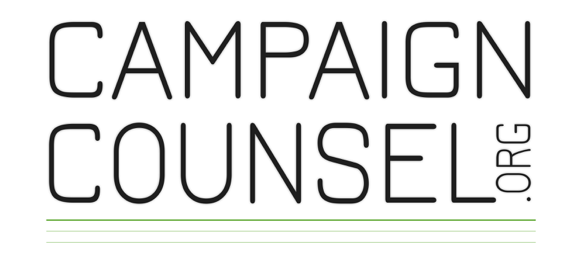Five Ways Nonprofits Retain Donors and Maintain Fundraising Capacity
By Christina McPhillips, Carl Bloom Associates
As fundraisers, we often put a lot of resources into acquiring new donors through appeals, events or even through a capital campaign. Those new donors expand the nonprofit’s ability to fulfill the mission through their support. New and larger donations make the nonprofit’s reach deeper and wider, taking the organization to the next level of maturity; they expand the capacity of the nonprofit.
(For more on nonprofit capacity building, visit the National Counsel of Nonprofits.)
Donor retention must be a priority
Without a sound retention strategy, many of the first-time donors you attracted during a capital campaign won’t make additional gifts … and even the most loyal of donors may turn their backs on your organization. Let’s explore five keys to nurturing your donors and keeping them loyal for as long as possible.
1. Be “you-centric”
Appeals and copy should focus on the donor rather than on your organization whenever possible. This is not always intuitive, but putting the donor at the center of your messaging sends the message that she matters and is needed. Rather than listing your organization’s accomplishments and needs, talk about how the donor has helped your organization, and how the donor can make an impact right now.
Tip: When in doubt, while crafting copy, simply sub “we” or “[organization name]” with you.
2. Treat your monthly and major donors with care
Your monthly and major donors are your most valuable supporters, and they should be treated as such. Capital campaign major donors fall into this category too. Making them feel special and helping them understand how great their impact is can go a long way toward retaining them for years to come.
For this reason, it’s important to be strategic in your messaging in both language and in volume of communications. Yes, this group is likely to give additional gifts throughout the year, so it’s important to reach out to them to ask for extra support. But if you fail to call them out separately and be effusive in your thanks for the generous contributions they already give, you may be unintentionally sending the message that their loyal support is not enough and is not appreciated.
Tip: Rather than blasting major and monthly donors with the same multi-email arc that other donors are receiving, cut the number of messages down so as not to bombard them with communications.
3. Make things easy for your donors
It’s a simple fact that the more steps required to make a donation, the less likely people will follow through and complete the process. There are so many ways to make things easier for your donors … and when you do so, they are more likely to stay with you and continue to serve as loyal supporters.
Help your donors quickly understand what you’re asking of them by keeping your copy clear and straightforward. Illustrate your impact concisely, and declutter and simplify your donation forms to make the checkout process as easy as possible. Use prominent call-to-action buttons and clear action-oriented text links in fundraising emails.
Tip: More and more donors are making gifts on their mobile devices. Make sure your donation form is mobile-friendly to ensure maximum conversions.
4. Show them exactly how they’ve helped
If you want your donors to continue to feel confident and remain loyal, illustrate their impact in a way they understand. What are their gifts actually doing? Can you supply any statistics or hard accomplishments that wouldn’t have been possible without their contributions? Continue to provide updates on how their contribution to your capital campaign moves the organization forward.
Also, be transparent about where their money is going. This increases trust, which in turn increases retention and loyalty.
Tip: Include easy-to-read, small infographics in emails, in direct mail and on your website so donors understand the true impact of their support.
5. Say thank you at every opportunity
Thanking your donors — after major campaigns, after first-time gifts, after they become sustaining members, when a capital campaign is complete — goes a long way toward retaining them for the long-term.
This means sending more than just a straightforward, automatic acknowledgment after they make a gift. Punctuate communications with special thank-you cultivation emails (free of additional asks), and illustrate why you’re so grateful for your donors’ support within them. Make follow-up thank-you calls to major donors and to new sustaining members whenever possible. Send thank-you cards around holiday time.
Tip: Review your auto-acknowledgment emails. If you can add an additional thank-you message and some language about the donor’s impact, do so.
You have worked hard to acquire these donors through your capital campaign and other means. A sound retention strategy will ensure that they remain loyal donors for as long as possible.
Do you have questions about donor retention? Contact Carl Bloom now.
Are you interested in learning more about capital campaigns? Find out about CampaignCounsel.org’s no-fee workshop.
Christina McPhillips is the Vice President, Business Development at Carl Bloom Associates. Founded in 1976, Carl Bloom Associates is a full-service direct marketing agency. Its mission is to help organizations build their base of donors and consumers by conducting practical research and developing sound strategies and creative approaches to seamlessly integrate traditional direct mail techniques with the latest cutting-edge digital media.







